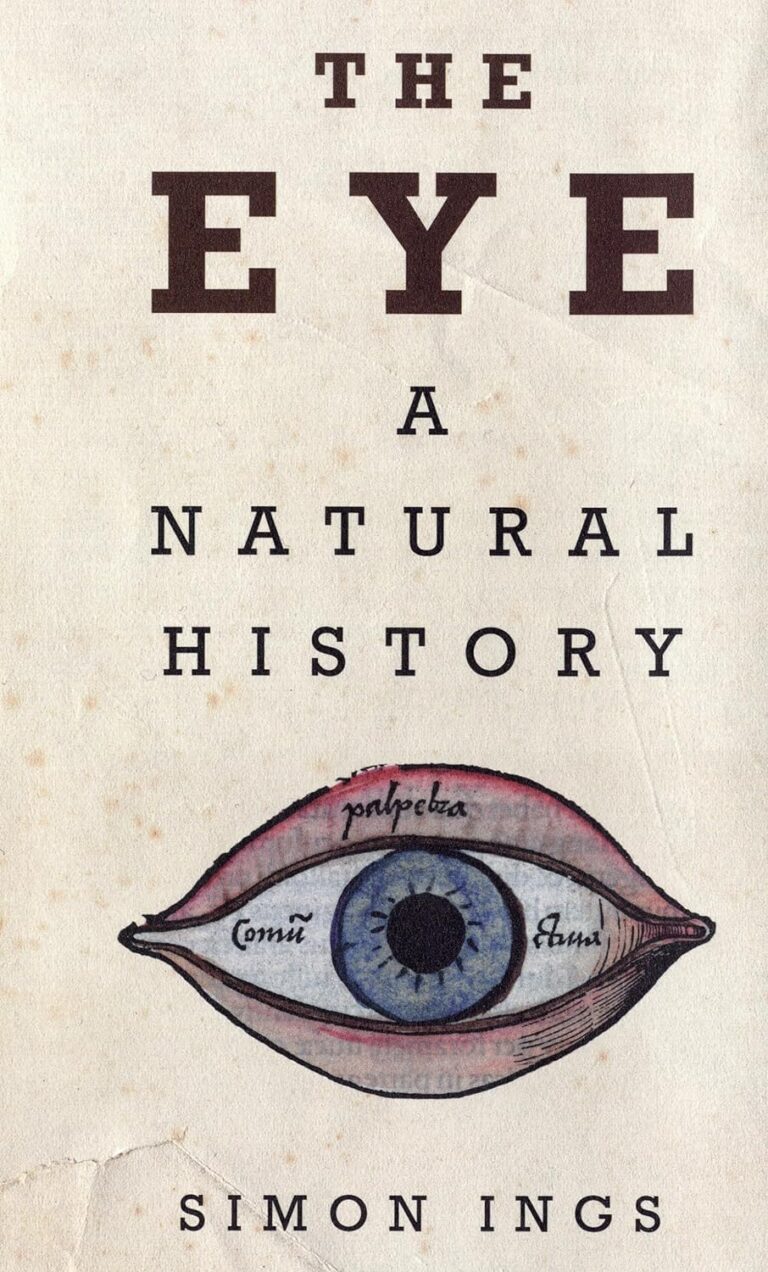In 1990 a former prostitute named Fatou Sarre was tried in Alsace for the murder of her mother-in-law. Why, the prosecutor wanted to know, had Fatou, after bludgeoning Odile Gayean to death with a hammer, proceeded to gouge out her eyeballs? Fatou’s reply was simple but surprising: she had been afraid that the dead woman’s retinas would preserve an image of her in the act of murder. The curious thing—okay, one of the curious things—was that the origin of this belief wasn’t traced to Fatou’s childhood in Senegal, but to a Bollywood film she had happened to see, which itself had borrowed the notion from nineteenth- and early twentieth-century European fiction (by, among others, Jules Verne).
These novelists had been inspired in their turn by the work of distinguished scientists, serious truth-seekers, most notably Professor Wilhelm Kühne of the University of Heidelberg, who devoted years of his life to exploring whether “optograms” might prove useful in crime investigations. Police hunting for Jack the Ripper actually took such pictures, photographing the victims’ retinas through the aperture of their pupils. Would they reveal an image of “Eddy”, the Prince of Wales’s son, as some suspected? Alas, not. The trouble was, first, that the area of focus in the human eye is very small. Only about one degree of what we see, at any given moment, is sharply defined. Secondly, the retina doesn’t act like photographic paper, fixing an image; the impression changes constantly, and isn’t frozen, as it would have to be, at the moment of death.
The struggles of Kühne and his followers—described here by Simon Ings with the clarity and concision that make his book a pleasure to read—illustrate how far we still had to go, a hundred years back, towards a comprehensive understanding of how the eye works. That said, we had already come a long way. It wasn’t until relatively recently that anyone realised light played a part.
The Greek Atomists held that objects emit ghostly holograms of themselves, called “eidola”, which we catch in our eyes. An absurd conjecture, according to Plato. What could be more obvious than that our eyes themselves send out a visual ray, which hits an object, before returning to us with information about it? This kind of theory, which became known as “extramission”, retained its popularity for a remarkably long time—until the former governor of Basra, placed under house arrest by the psychotic Caliph in the eleventh century AD, decided to make the most of his twelve-year incarceration by conducting a series of experiments into the properties of light. The resulting Kitab al Manazir (Book of Optics) by Ibn al-Haythem made use of the camera obscura, set out the laws of refraction, and showed that its author realised, as many of his predecessors had failed to do, that the business of seeing takes place inside the eyeball, as opposed to on its surface. It remained the authoritative work on the subject for centuries.
It must be said that, as this scientific strand of Ings’s book approached the modern era, I found it increasingly hard to follow; and conversely, in his Darwinian account of how the eye evolved, it was the early stuff that left me feeling bewildered. Apparently it all goes back to an unexpected dimple. (Dimples resulted in the type of compound eyes you find on insects.) I blame myself, not Ings, for these difficulties. His prose style is excellent—remarkably lacking in self-indulgence for a novelist—and he covers an astonishing amount of ground in his 336 pages. If you want to know the reason for tears, how to tell if someone fancies you, and why the grass does, in fact, appear greener on the other side of the fence, all the answers are contained inside the covers of this book. I’m still not clear on why the moon looks white, despite the fact that its dust is grey-black. There is no discussion, as I might have hoped for, of how the infestation of CCTV cameras in our country fits into the zoologist Michael Chance’s theory of the role of the eye in society. And I would have liked more on the part played by visual stimuli in the development of the brain (as a man with a lazy left eye, I have long suspected that my brain is in some way defective as a consequence). But I can see—if I use my right eye—that it’s churlish to complain about the odd lack, when so much has been provided, and in such a comparatively small space.
Incidentally, there is one documented case of optograms being used to secure a successful conviction. In 1925 Fritz Angerstein, a resident of Limberg in Germany, was charged with hacking to death eight members of his household with the aid of a small hatchet. The police announced to the courtroom that they had photographs of the dead gardener’s retinas, which showed the accused with the murder weapon raised in his clenched fist. At this, Mr Angerstein threw in the towel, and confessed. The aforementioned optograms were never produced.

